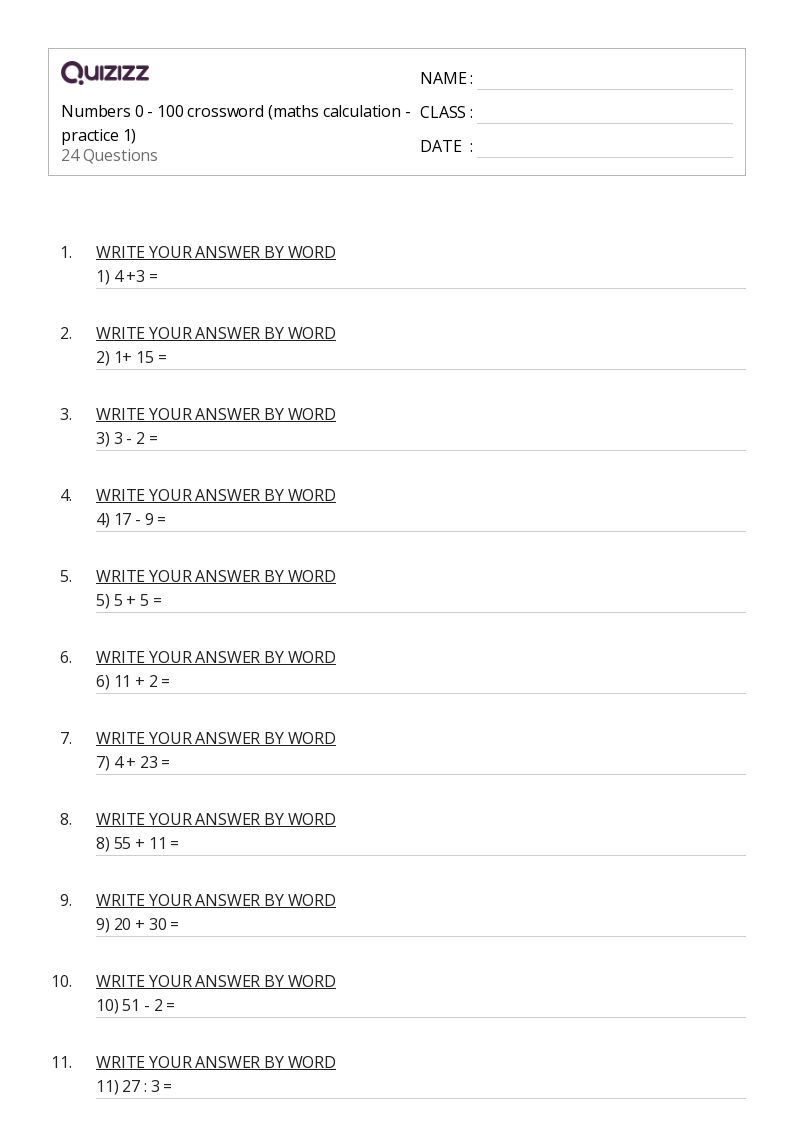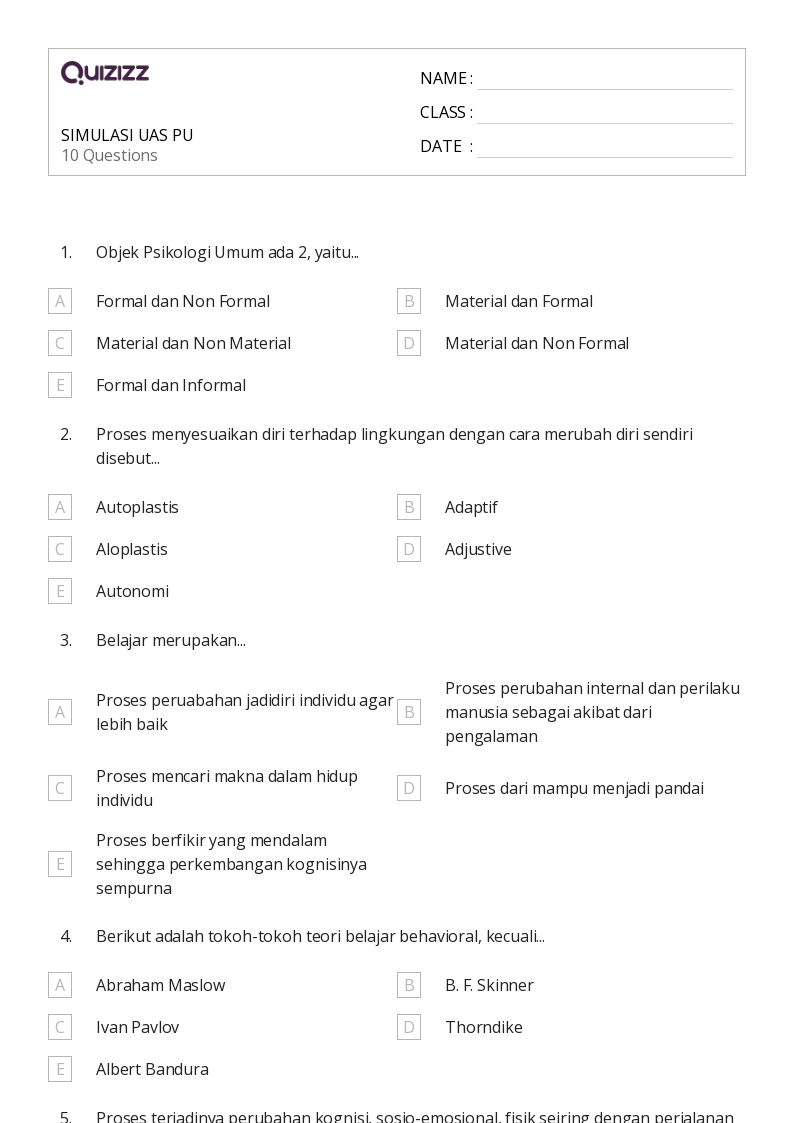
15 Q
KG - Uni

15 Q
KG

25 Q
KG - PD

20 Q
KG - 7th

12 Q
KG - Uni

26 Q
KG

24 Q
KG - 12th

5 Q
KG

8 Q
KG - Uni

10 Q
KG - Uni

9 Q
KG - 3rd

8 Q
KG - 1st

20 Q
KG - 12th

10 Q
KG - 2nd

12 Q
KG - Uni

20 Q
KG - 5th

20 Q
KG - 9th

25 Q
KG - 9th

24 Q
KG - Uni

15 Q
KG - 4th

10 Q
KG - 1st

20 Q
KG - Uni

6 Q
KG

10 Q
KG
Explore Sensory Words Worksheets by Grades
Explore Other Subject Worksheets for kindergarten
Explore printable Sensory Words worksheets for Kindergarten
Sensory Words worksheets for Kindergarten are an essential tool for teachers to help young learners develop their reading, writing, grammar, language, and vocabulary skills. These worksheets are specifically designed for kindergarten students, focusing on engaging their senses and encouraging them to explore the world around them through language. By incorporating sensory words into their lessons, teachers can create a more immersive and interactive learning experience, allowing students to better understand and retain the information being taught. Additionally, these worksheets help to build a strong foundation in language and vocabulary, which is crucial for success in later grades. As a teacher, incorporating Sensory Words worksheets for Kindergarten into your curriculum will not only enhance your students' learning experience but also set them up for future academic success.
Quizizz is an innovative platform that offers a variety of educational resources, including Sensory Words worksheets for Kindergarten, to help teachers create engaging and effective lesson plans. In addition to worksheets, Quizizz provides interactive quizzes, games, and other learning tools that can be easily integrated into your classroom. These resources are designed to support and enhance reading, writing, grammar, language, and vocabulary skills for kindergarten students, making it easier for teachers to create comprehensive and engaging lesson plans. By utilizing Quizizz in your classroom, you can provide your students with a diverse range of learning opportunities that cater to their individual needs and learning styles. This will ultimately lead to a more successful and enjoyable educational experience for both you and your students.
